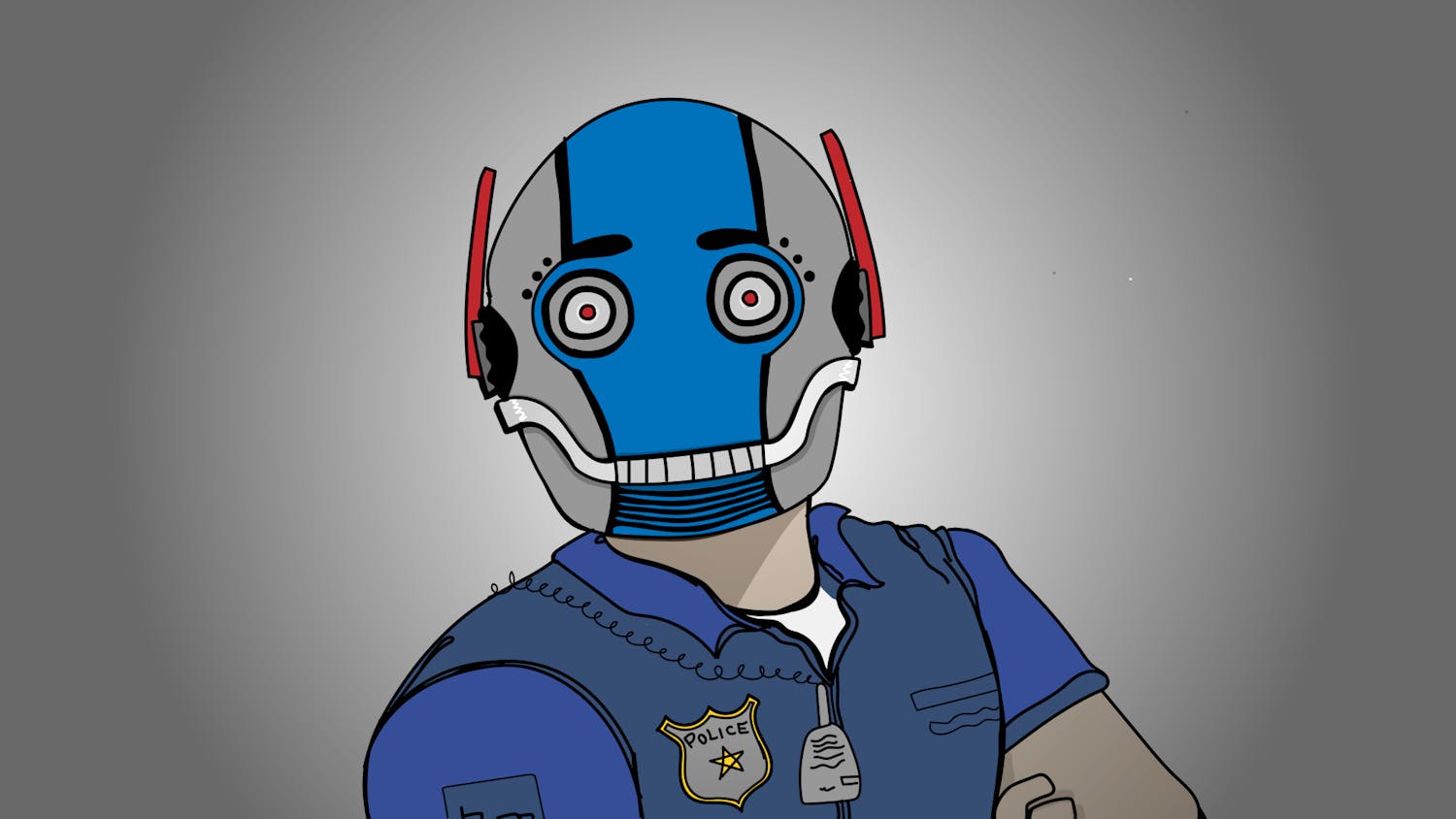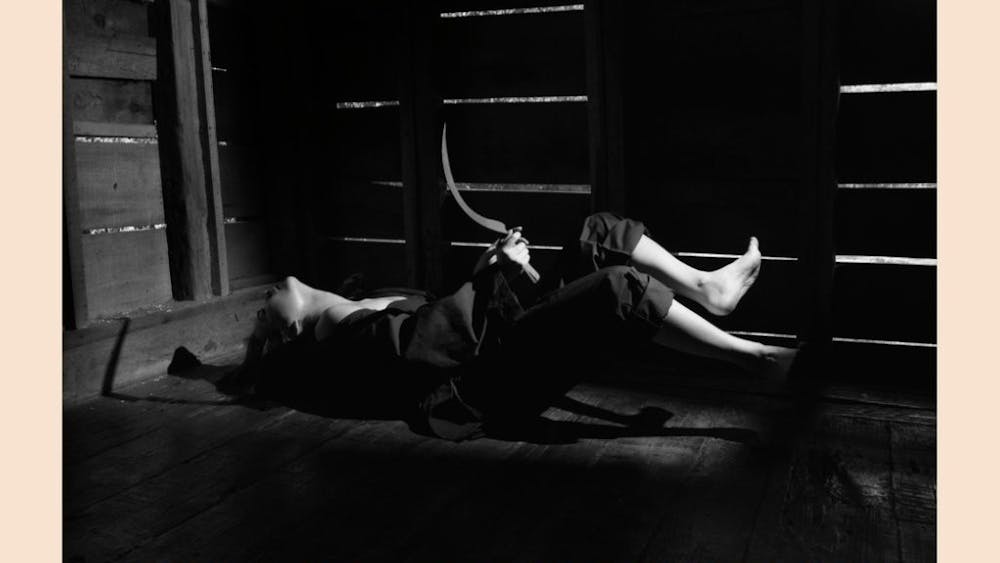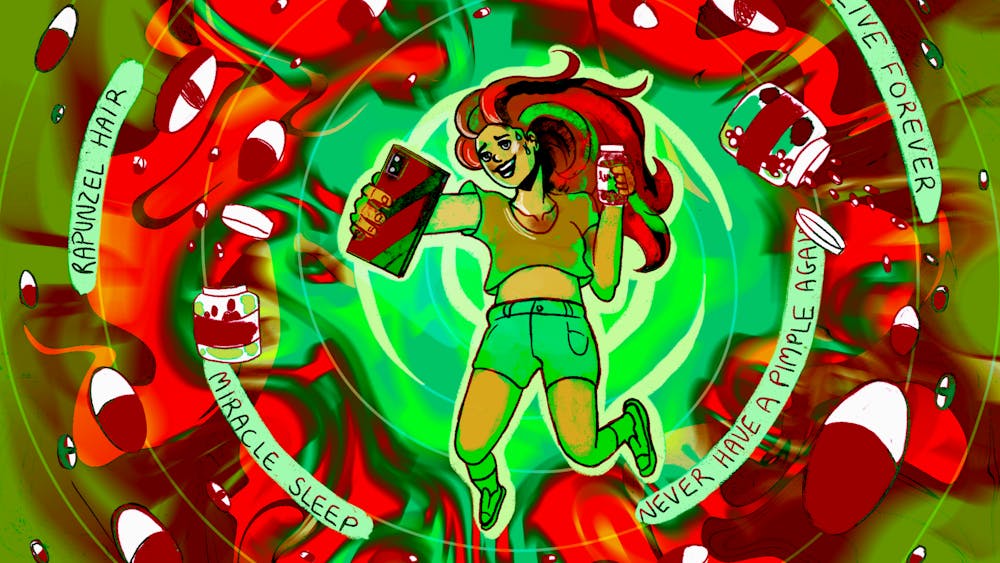Stieg Larsson’s “The Girl With the Dragon Tattoo” has been chipping away
at world domination since 2005 and has now taken a giant leap toward
that goal.
The American-produced film adaptation of the Swedish tale debuted this
holiday season and has lifted the already popular story into the pop
culture stratosphere.
So what’s the big appeal fueling this insatiable appetite for Larsson’s first installment in his “Millennium” trilogy?
Well, one highly influential aspect is the trilogy’s ball-busting, revenge-oriented main character: Lisbeth Salander.
With
all the stunts she pulls making sure men get their just desserts to the
tune of butt plugs and golf clubs, it can certainly be said that
Salander is a hallmark of modern feminism.
So, with this figure dominating the current
cultural scene, you would think this is a good indicator that feminism
is a standard in our society, and that this is a perfect example of
women gaining equality with men. Maybe the fight for feminism is
becoming dated.
But this is a pitfall.
Lisbeth Salander is certainly a striking example of equality and upholds themes that deplore violence toward women.
This
is an impressive reflection of our society because it takes a fairly
liberal audience for Salander to gain popularity in the first place. But
there is a false sense of security here.
The trouble in this situation is that Salander exists in fringe society, which is part of her appeal.
She
goes clubbing and takes ecstasy like a seasoned veteran, has pieced and
eccentric hair and makes love with men and women. She moves from task
to task with precision and inhuman drive.
Her gallivanting through underground Swedish culture
makes her out to be some kind of mythical creature. She seems unreal and
unattainable, and when you step back, this makes the story’s feminism
almost feel fake.
We are constantly played like this. Our culture sees
strong female figures in movies, literature, and other media, but they
may not be real.
Take any Angelina Jolie character and watch her take vengeance against men. It’s great and shows how far women have come.
But what are those roles? Spies, more spies and tomb raiders — all modern mythologies.
Thus, we have a sort of veil thrown over us that makes us think we support a feminist culture when it’s not exactly true.
Now, these mythological feminists are not bad or hurting the cause at all, but they could be refined.
Equality between men and women would be even more prevalent and enforced
in our culture if we had more realistic female characters in the
entertainment realm, but I realize not every story can be about do-good
mothers.
Authors, directors and producers all need to realize the potential their
female protagonists possess once they are humanized more than they
currently are. Not every character needs to be a hardened modern myth.
The feminist with the dragon tattoo
Get stories like this in your inbox
Subscribe





